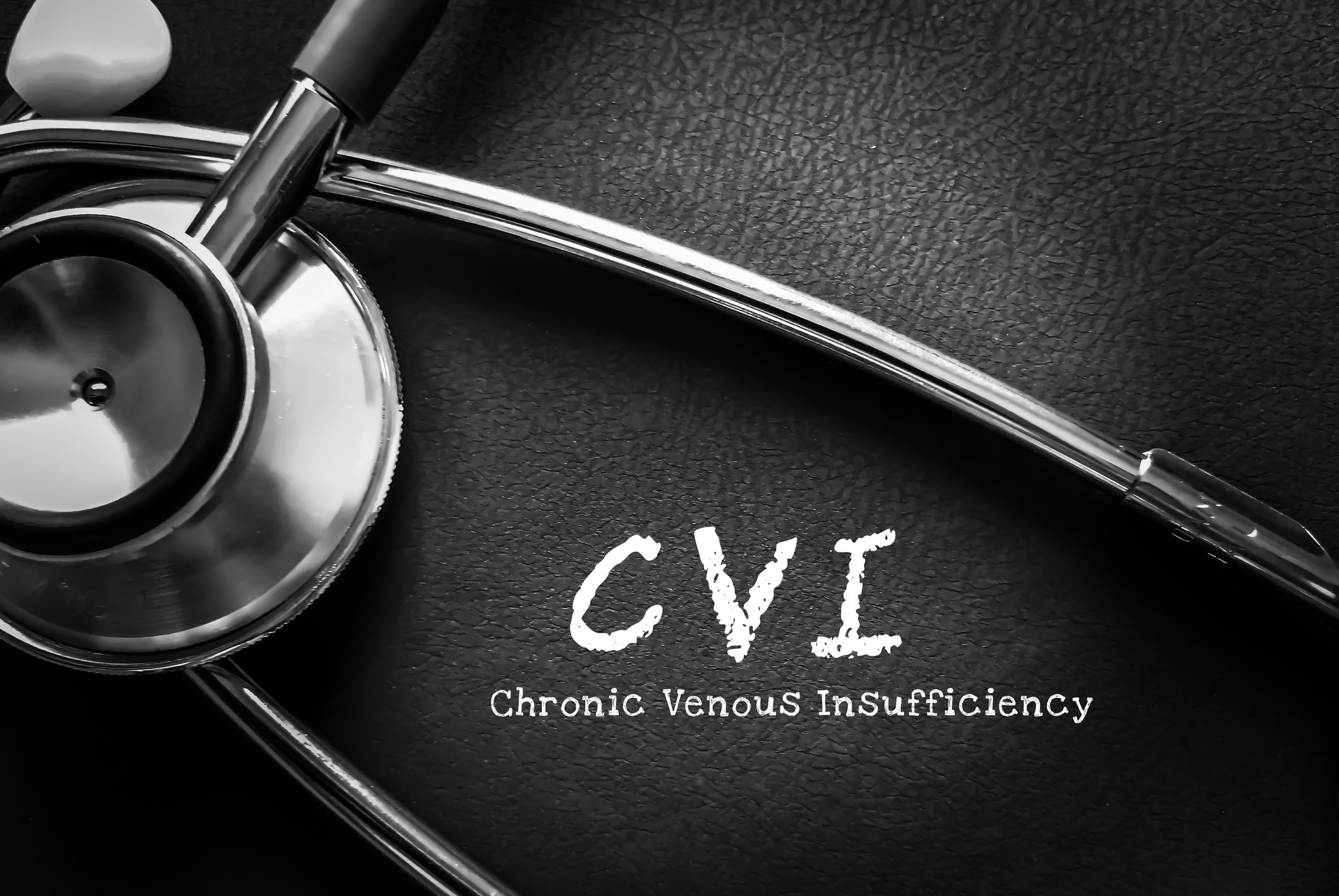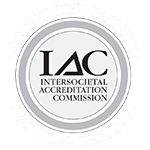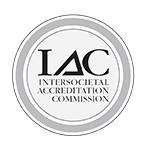
Understanding Your Options: Varithena, Sclerotherapy, Ablation
Chronic Venous Insufficiency (CVI) is a progressive condition in which the veins in your legs cannot efficiently return blood to the heart, leading to pooling, pressure buildup, and often visible or uncomfortable symptoms. It’s estimated that up to 40% of adults are affected by some form of venous insufficiency, with women and individuals over age 50 at higher risk.
Common Risk Factors for CVI Include:
- A history of varicose veins
- Pregnancy
- Obesity
- Advanced age (55+)
- Prolonged standing or sitting
- Family history of vein disease
- Prior deep vein thrombosis (DVT)
Typical Symptoms Include:
- Aching, cramping, or heaviness in the legs
- Swelling, especially around the ankles
- Visible varicose or spider veins
- Skin discoloration or texture changes
- Leg ulcers in more advanced stages
Fortunately, advances in minimally invasive treatments have made it easier and safer than ever to manage and reverse the symptoms of CVI, particularly to the superficial venous system. Let’s take a closer look at some of the most common treatment options available at the Vein Institute of NJ and how they compare.
1. Varithena® (Polidocanol Injectable Foam)
What it is:
Varithena is an FDA-approved, minimally invasive foam sclerosant that is injected into malfunctioning veins. It collapses the affected vein, rerouting blood flow to healthier vessels.
Advantages:
- Ideal for treating tortuous (twisting) or hard-to-reach varicose veins
- No incisions or tumescent anesthesia required
- Fast recovery with minimal discomfort
- Covered by most insurance plans
Disadvantages:
- May require multiple sessions depending on vein size
- Mild side effects like bruising or leg tightness can occur
- Not suited for smaller spider veins or deeper vein issues
2. Endovenous Ablation (Laser or Radiofrequency)
What it is:
Ablation involves inserting a catheter into the affected vein and using either laser (EVLT) or radiofrequency (RF) energy to heat and seal it shut.
Advantages:
- Highly effective for larger saphenous veins
- Office-based procedure with local anesthesia
- Long-term success rate of 90%+
- Minimal scarring or downtime
Disadvantages:
- Requires tumescent anesthesia
- Not ideal for veins with sharp bends
- Temporary soreness or bruising may occur
- Does not treat deep veins
3. Ultrasound-Guided Sclerotherapy (UGS)
What it is:
A variation of sclerotherapy guided by ultrasound imaging to treat larger, non-visible veins that contribute to venous insufficiency.
Advantages:
- Effective for veins not visible to the naked eye
- Office-based with no sedation needed
- Can be combined with other treatments
Disadvantages:
- Multiple sessions may be needed
- Best results seen in combination with other procedures
- Risk of pigmentation or matting in some cases
4. Microphlebectomy
What it is:
A surgical technique to remove bulging varicose veins through tiny skin punctures.
Advantages:
- Permanently removes unsightly veins
- Minimal scarring and short recovery
- Often performed with ablation for optimal results
Disadvantages:
- Minor surgical procedure
- Small risk of scarring or infection
- Not used for deeper or feeder veins
So Which Option is Right for You?
Each case of CVI is unique and that’s why our team at the Vein Institute of NJ offers a tailored approach. We evaluate your symptoms, vein anatomy, and overall health to recommend a treatment plan that maximizes both medical and cosmetic outcomes. Some patients benefit most from Varithena, while others may require a combination of ablation and microphlebectomy.
Whether you're just noticing leg discomfort or have been living with varicose veins for years, early intervention is key. CVI is a progressive condition, but with the right treatment, its effects can be minimized or even reversed.
Get Evaluated Today
Our board-certified vascular surgeons offer comprehensive vein evaluations using state-of-the-art ultrasound imaging to identify and treat the root cause of your symptoms. Most procedures are covered by insurance and performed in-office with minimal downtime.








